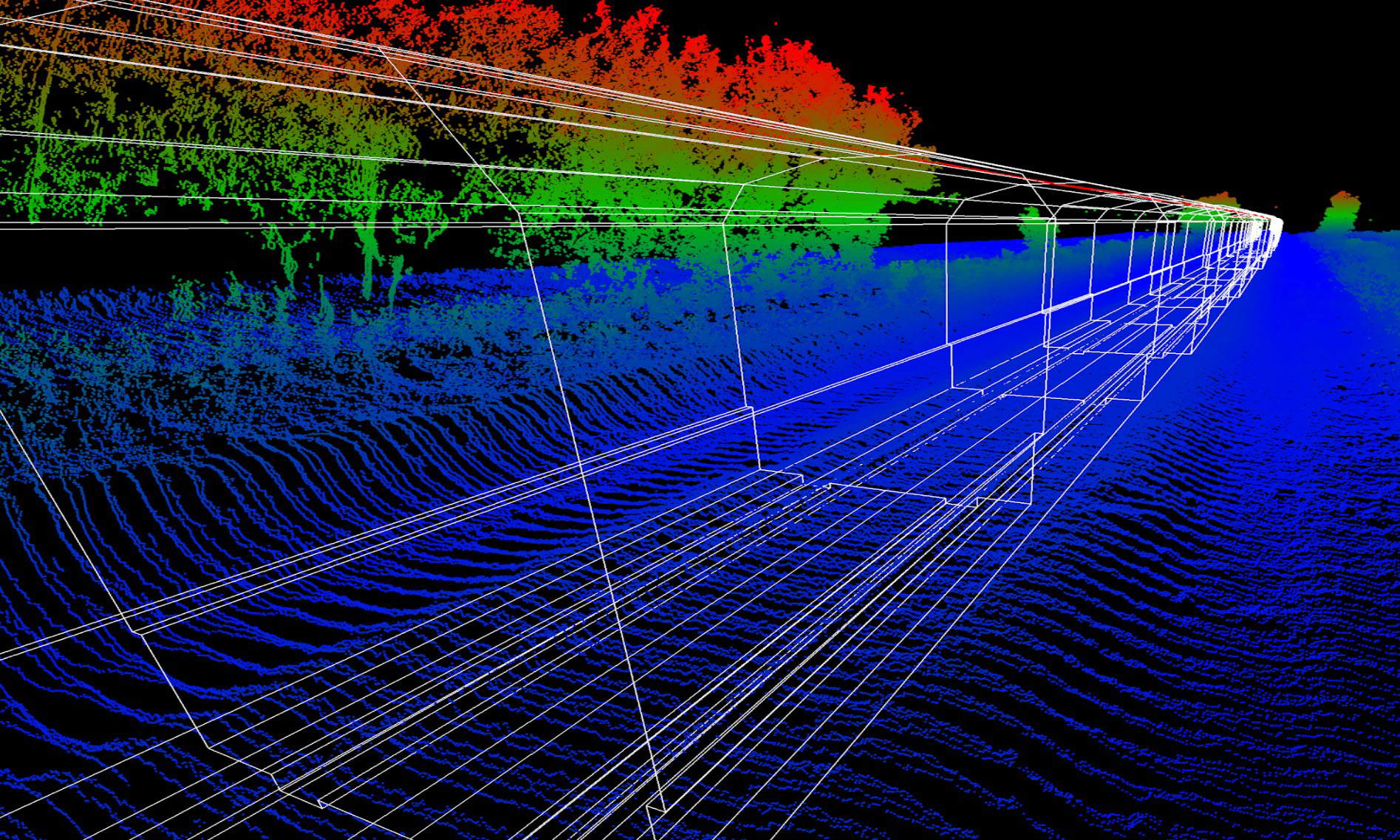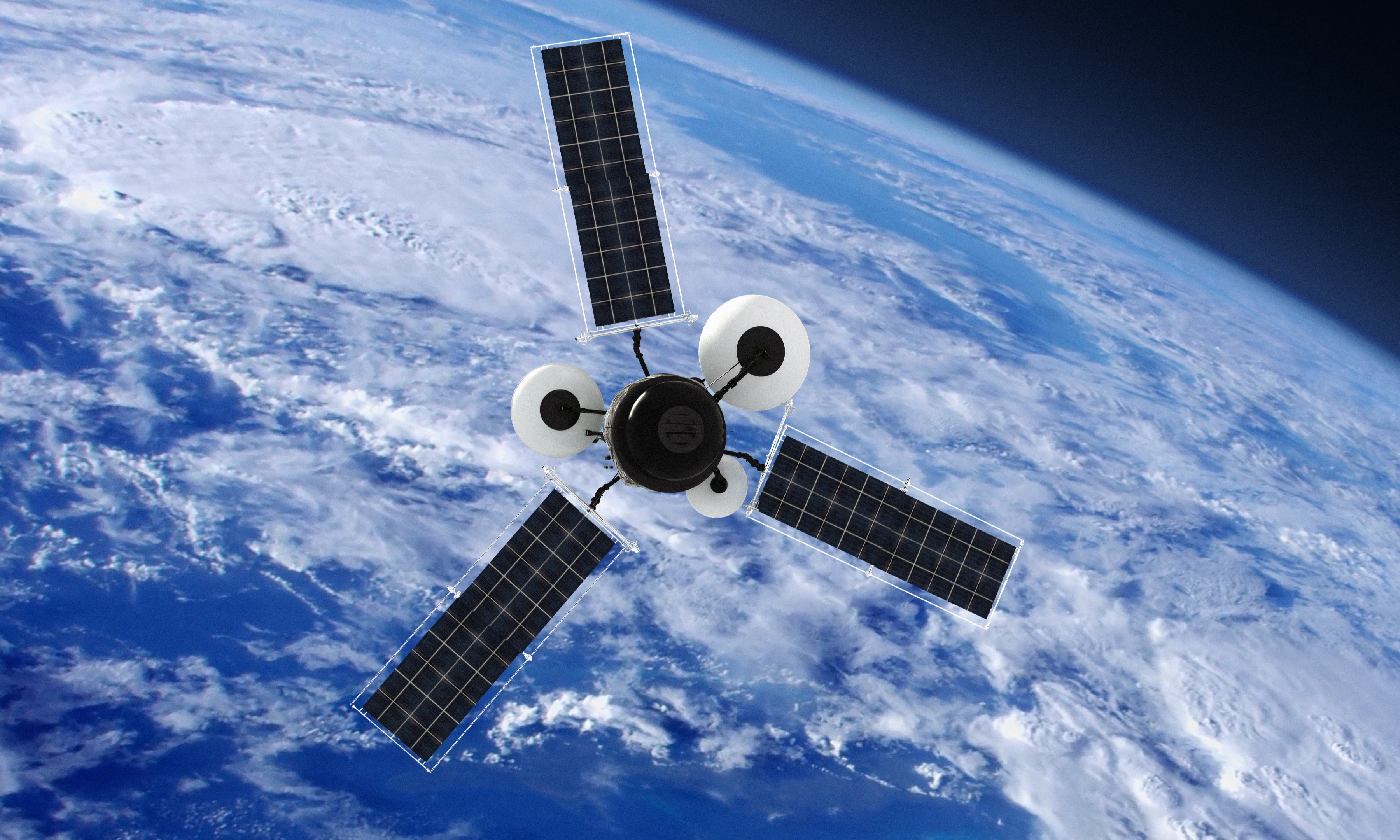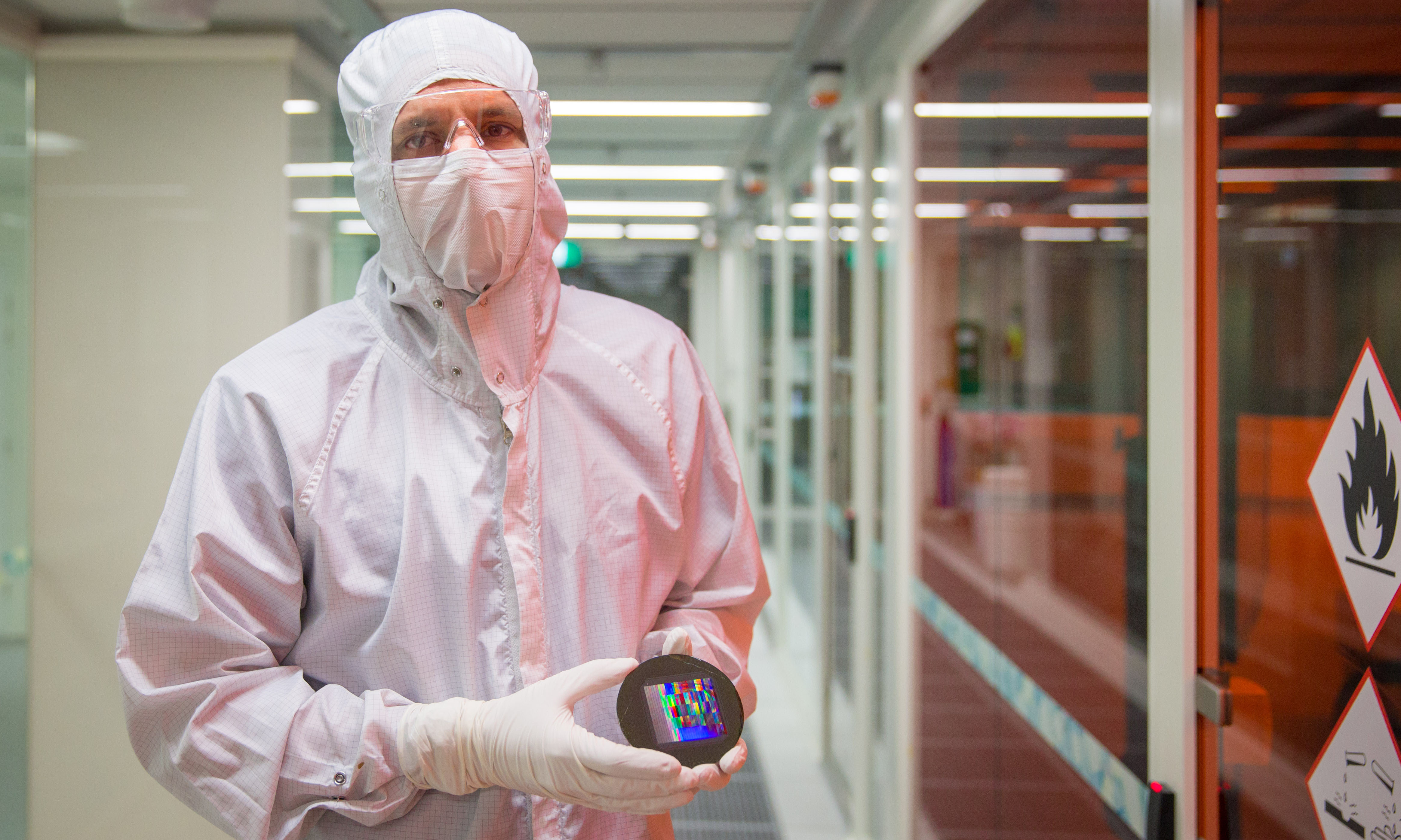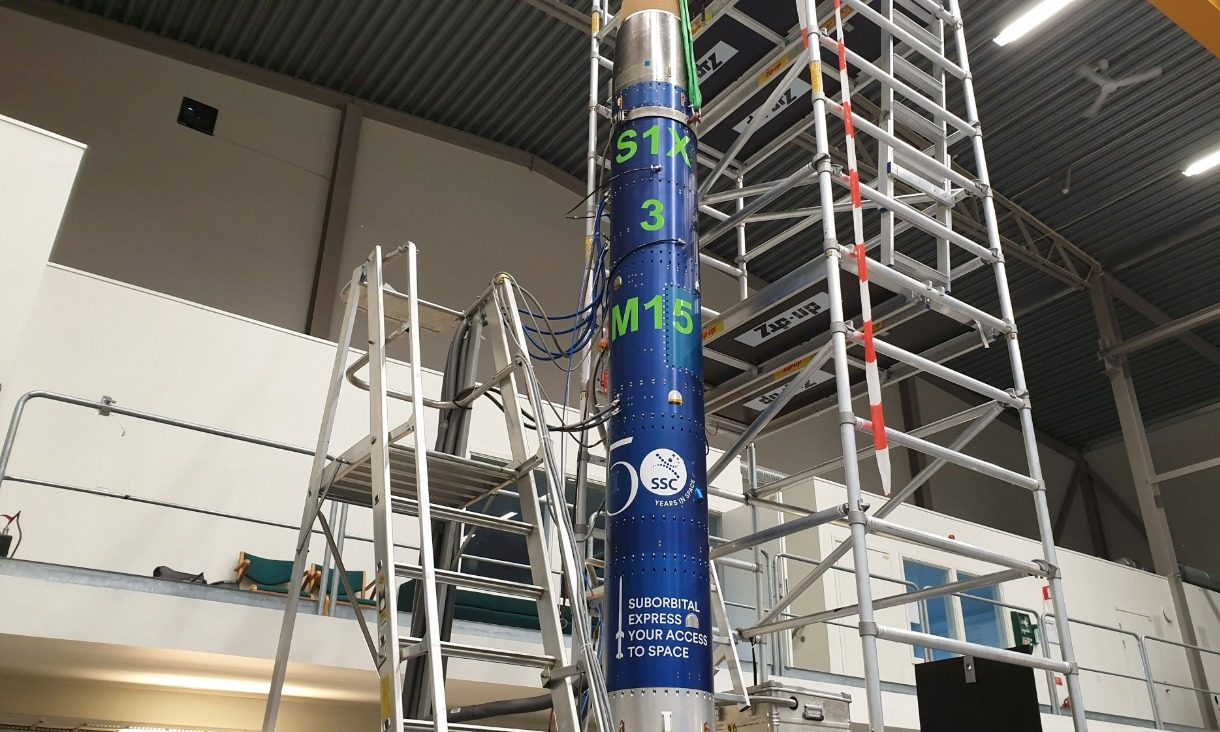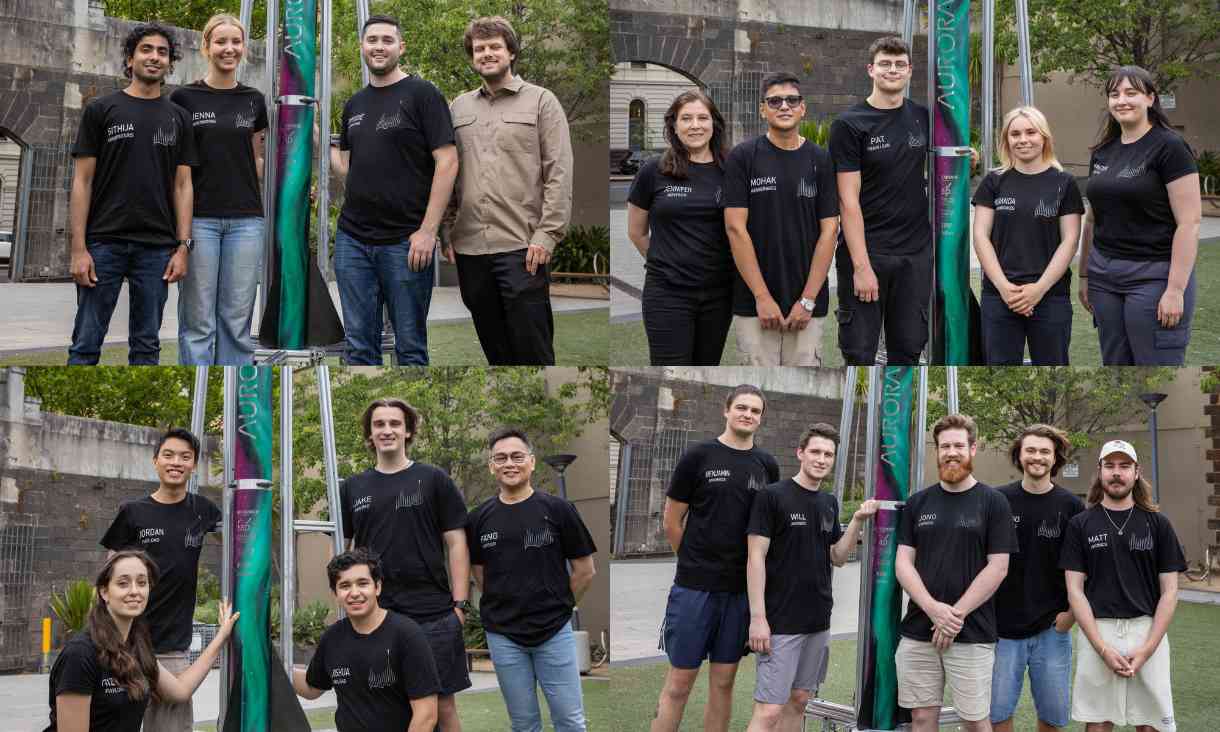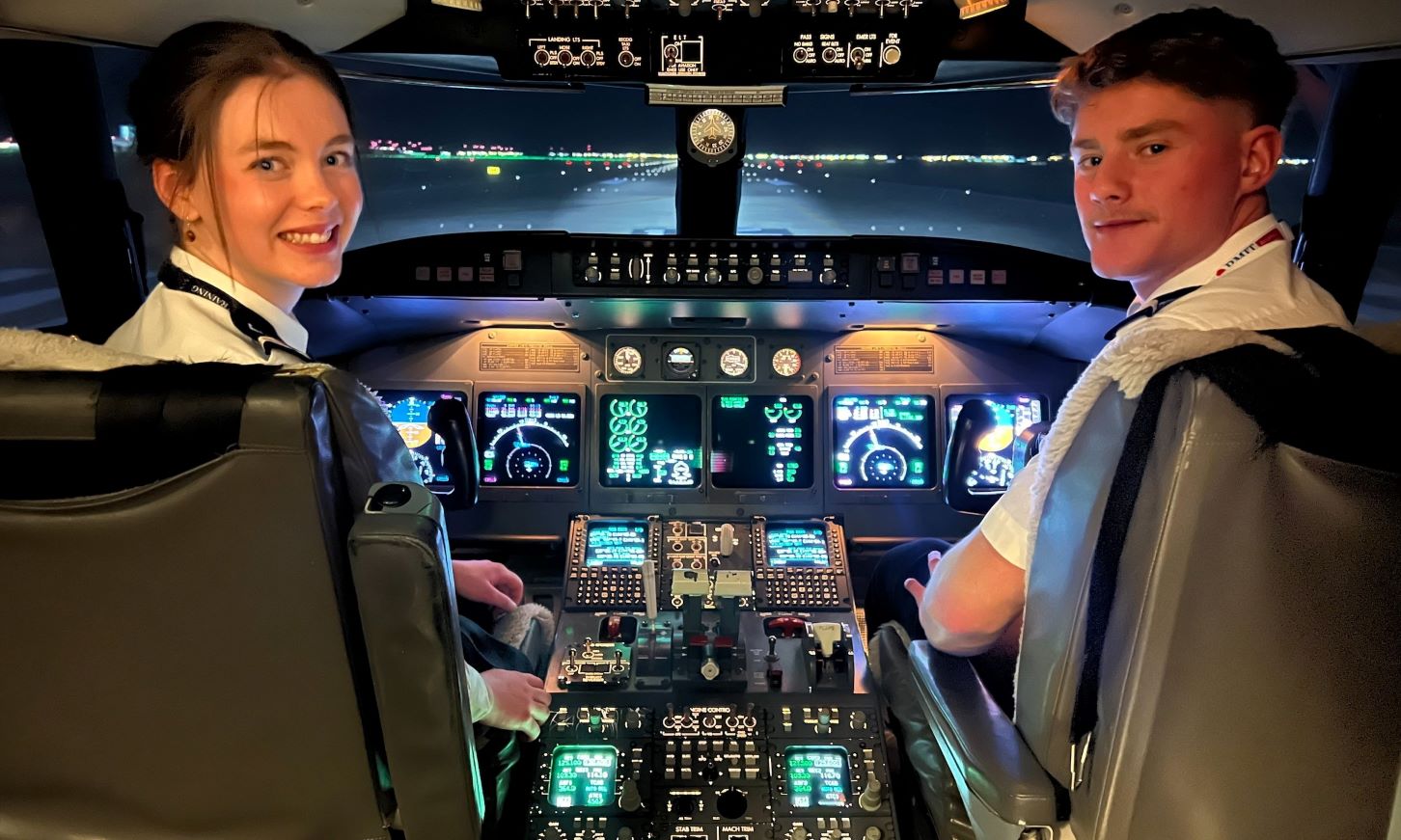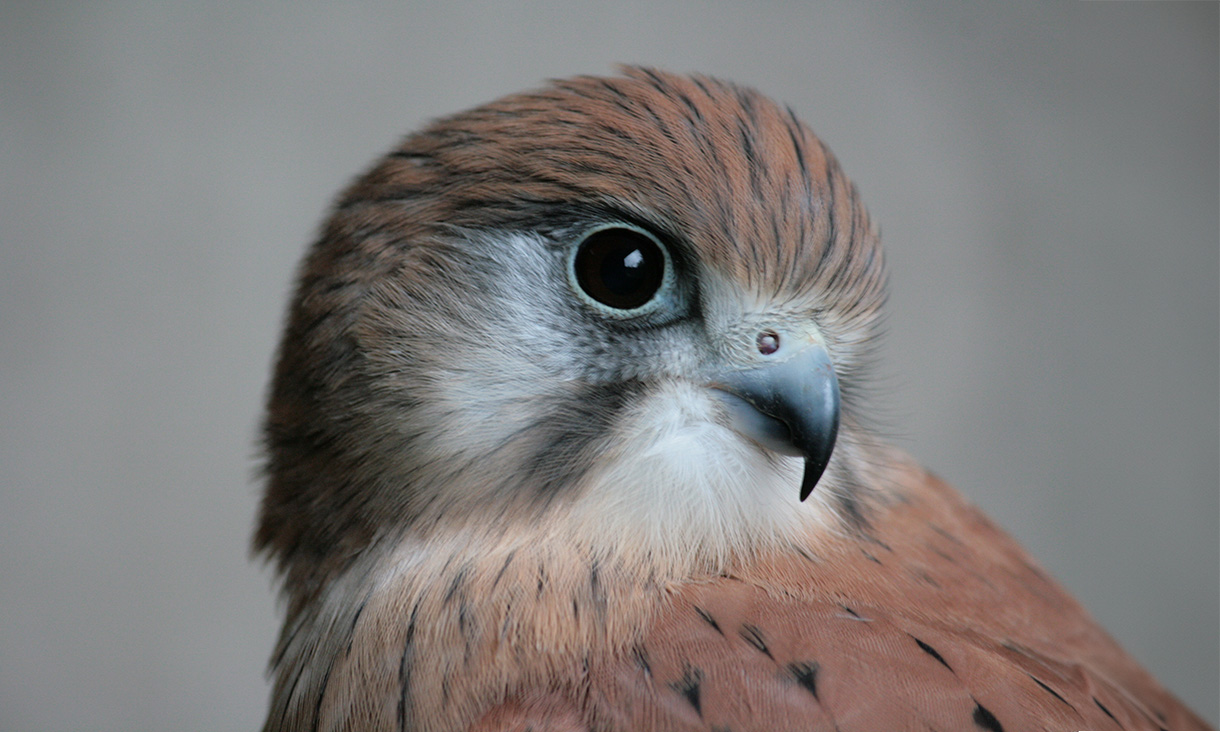Ultra high-performance gyroscopes can be used to improve the navigation and safety of autonomous cars, correct the course of satellites travelling at 11,000 km/h and enhance the precision of drones used for remote inspection of infrastructure.
While accurate positioning is a critical function in industries such as transport, infrastructure and space, current technical solutions are expensive, large or energy-hungry.
The new project led by navigation system manufacturer Advanced Navigation, with research partners RMIT University, The Australian National University (ANU) and commercial partner Corridor Insights, will cut the cost of ultra high-performance gyroscopes by 85%.
The project has been supported through a $2.8 million Cooperative Research Centre Projects (CRC-P) grant to Advanced Navigation, announced by Federal Minister for Industry, Science and Technology, Karen Andrews.
The CRC-P grant is enabling an $8.7 million total project investment (cash and in-kind) into delivering technology that shrinks both cost and size to enable new commercial applications that have previously never been possible.
Chris Shaw, CEO of Advanced Navigation, said the project would take groundbreaking theoretical research through to commercialisation, demonstrating Australia’s capability across the advanced manufacturing pipeline.
“This project will establish Australia as a leading manufacturer of high-performance, cost-effective navigation solutions,” Shaw said.
“Collaborating with some of our nation’s top researchers, we will be exploring the complete manufacturing pipeline - from basic microchip components, sophisticated signal processing, system integration and real-world application.
“It’s a landmark partnership that will deliver world-class technology and showcase the amazing opportunities for a new home-grown, high-tech manufacturing industry in Australia.”
High-performance navigation tech
Used to measure orientation and rotational motion, modern gyroscopes can be built with such sensitivity they are accurate to the millimetre and can detect the rotation of the Earth.
But size and cost remain the biggest challenges for wider commercial use: the price of one high-performance unit has remained about $US20,000 for a decade, while standard devices are still too bulky for easy integration into many potential applications.
To increase cost-effectiveness and reduce size, the new project brings together leading-edge optical physics from ANU with innovative photonic chips developed at RMIT.
